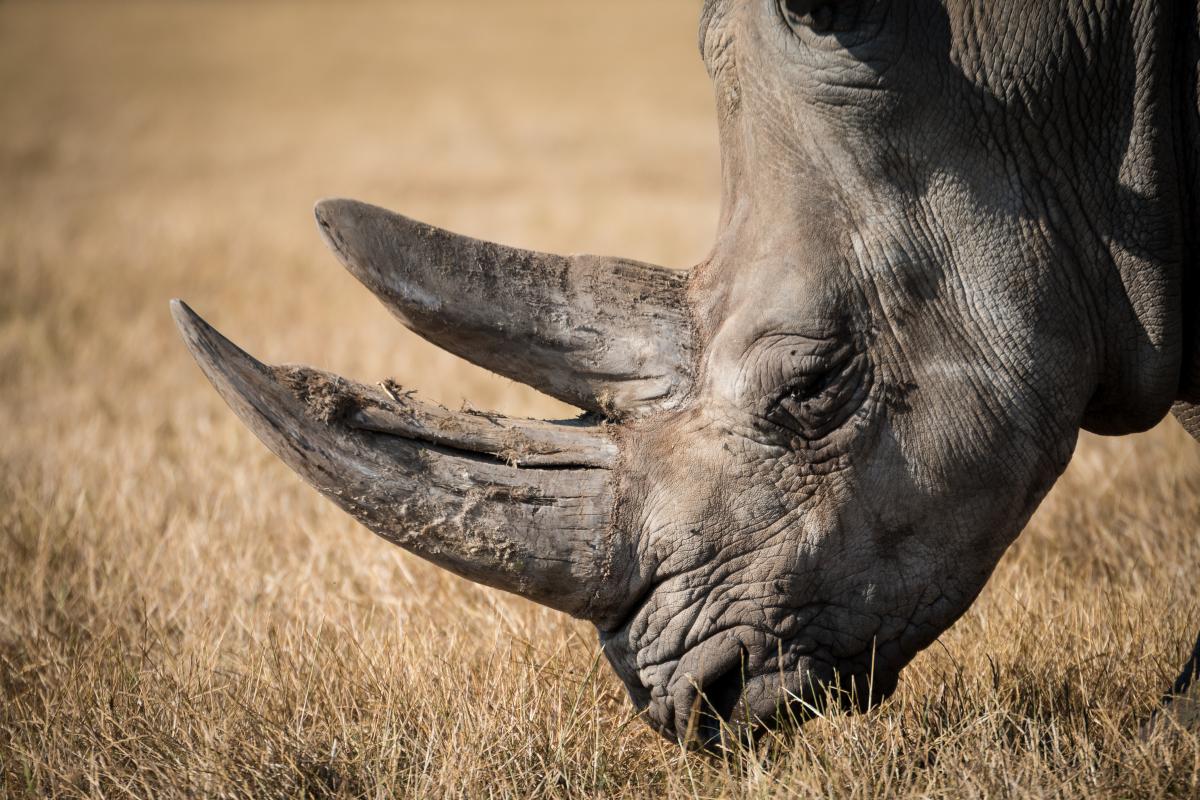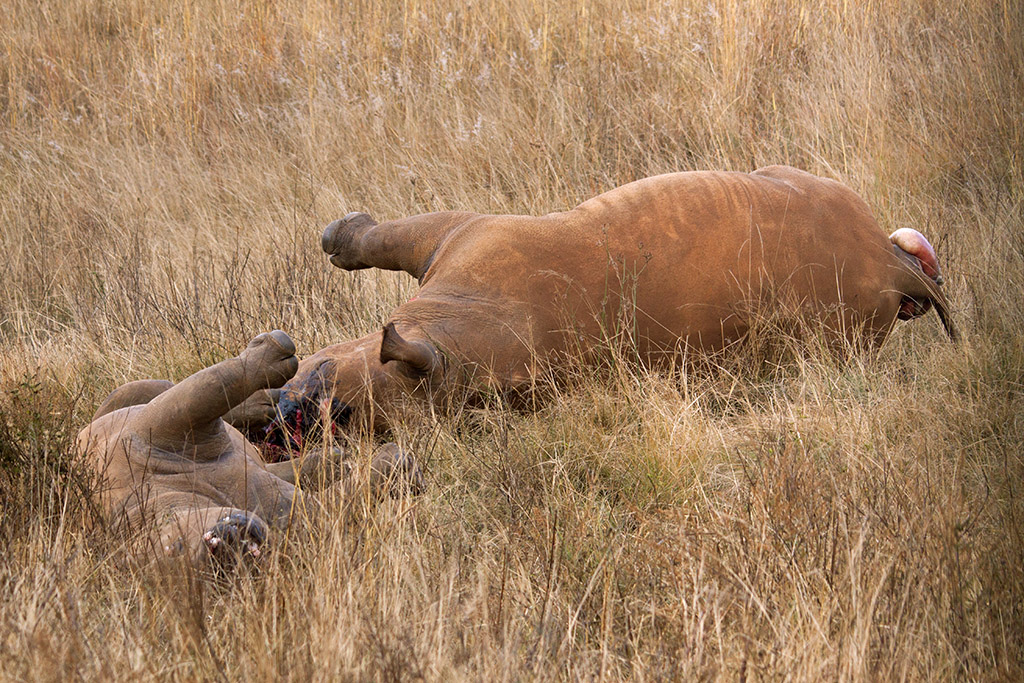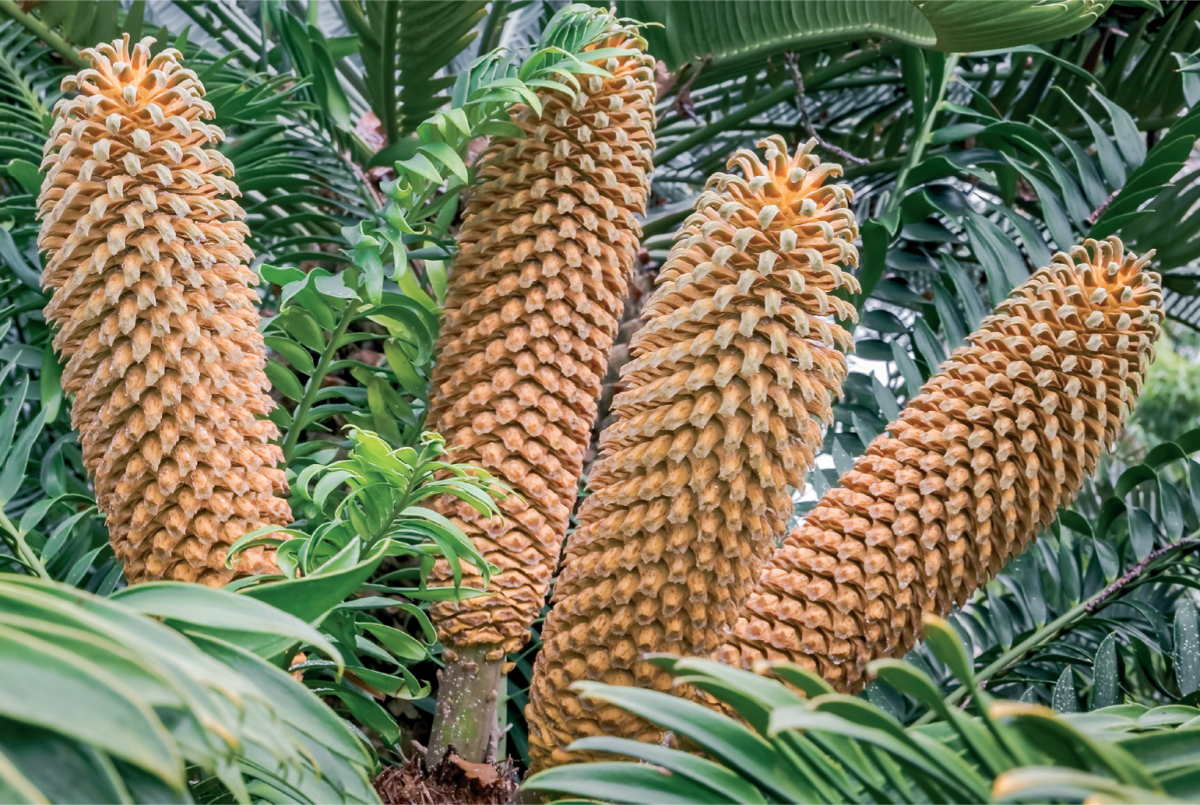Crime and conservation: tackling the illegal trade in rhino horn Inspire article
As attempts to save the rhino continue to fail, is it time to involve local communities?
When Annette Hübschle first stepped into the Limpopo National Park in Mozambique to begin fieldwork for her PhD, she was taken aback. “It was surreal”, Annette says. “The reality of the situation hit me as soon as I entered the park. Rangers armed with rifles were running around, and one of them stopped to talk. He told me: the poachers live by the motto ‘get rich young or die trying.’ They live by the gun, die by the gun.”
As a criminologist and sociologist, Annette had previously studied organised crime in Africa, ranging from drug markets to human trafficking. Now she was about to embark on a journey to study a commodity with a street value higher than heroin or cocaine: rhino horn.

Free-Photos/pixabay.com, CC0
Investigating the rhino horn trade
Growing up in Namibia, Annette was always conscious of the threats to rhinos. “I was a teenager during the rhino poaching crisis in the late 1980s and early 1990s, so I was aware that rhinos were threatened”, she says. “When you grow up on the African continent, you are often surrounded by conservation areas. You are aware of wildlife issues, as well as the wider historical problems associated with protected areas.”

Annette Hübschle
Annette Hübschle
When the opportunity arose to study the illegal market in rhino horn, Annette knew it was the right field for her. She began her PhD in 2011 at the Max Planck Institute for the Study of Societies and the University of Cologne, Germany. At the time, rhino poaching had again become a serious concern. In the 14 months that followed, Annette travelled to seven countries and interviewed over 400 people to delve into the devastating world of the illegal rhino horn trade, tracing its journey from southern Africa to consumer markets in southeast Asia, where its supposed medicinal value and use as a status symbol are driving demand.
Over the course of her fieldwork, Annette interviewed private rhino breeders, local communities, smugglers and poachers. “In South Africa, there is a huge variety of people involved in the trafficking of wildlife at different levels, including helicopter pilots, wildlife veterinarians, game farmers, conservation officials, police, even government ministers”, says Annette. What she found most striking from talking to low-level poachers, however, was that many of them felt discontent with park authorities, anti-poaching personnel and the government. She highlights that wildlife conservation continues to benefit economic and political elites: the state, hunters, farmers and tourist operators. “Many poachers I spoke to felt they had been left without opportunities; the land used to belong to them, but now these areas of national park – along with hunting rights and access to natural resources – are inaccessible to them”, she says.
In Annette’s interviews, many local people expressed feelings of anger, disempowerment and marginalisation. One elderly woman, who had recently been relocated from a national park, said: “There’s no peace here, no hope. They can give you a house and the next day, they can remove it from you, and give it to someone else. The youths are struggling to get jobs in this village. Some end up stealing because of the lack of jobs, others do rhino poaching. Some come back, some die and some get arrested.” Given that many local people could make more money from selling a single rhino horn than they would earn in a year in another job, it is perhaps not surprising that criminal networks can easily tempt locals into poaching.
Empowering communities
Understanding why people participate in poaching and focusing on community-oriented strategies to combat it is at the heart of Annette’s latest researchw1. Since finishing her PhD, she has been working as a senior researcher and postdoctoral fellow at the University of Cape Town, South Africa, and she is also a senior fellow of the Global Initiative against Transnational Organized Crime. “I’ve been working on a project that looks into why people poach. At the moment, incentive structures are against rhinos – for people living close to national parks and reserves, rhinos are worth more dead than they are alive”, Annette explains. “We are trying to change this incentive structure to curb the illegal wildlife trade.”

Hein waschefort/Wikimedia Commons, CC BY-SA 3.0
Annette considers local communities to be the most important stakeholders in the wildlife economy debate but says that they are often ignored. “They live not only on the edge of parks, but also on the edge of society”, she says. Local people in rural areas are often excluded from public services, for example. As a result, kingpins and poachers sometimes take on state-like functions by building roads, shops and water wells, or improving basic education and healthcare – all paid for with money from the horns of poached rhinos. If local communities were granted ownership of land and benefitted from the conservation of rhinos, they might become protectors rather than poachers of wildlife. One country where this community-based approach has succeeded is Namibia, where former poachers and local people now act as wildlife guardians and are responsible for managing the land and protecting endangered speciesw2.
In recent years, however, most conservation operations have chosen to boost security measures. Additional rangers, improved weaponry, helicopter gunships and anti-poaching drones are all contributing to this ‘green militarisation’. “The shoot-to-kill approach certainly doesn’t help forge better community–park relationships”, Annette says. She believes that the current anti-poaching measures do not engage with local people who live in or near protected areas and game reserves. In fact, they can make matters worse: many of the local people that she interviewed expressed their anger towards the state for valuing wild animals’ lives more highly than their own.
Africa’s rhinos and beyond
Despite the numerous measures put in place to protect rhinos, the illegal market remains buoyant. In 2017, 1028 rhinos were killed in South Africa – an average of nearly three rhinos every dayw3. “Rhino population numbers have dropped immensely since the days of my initial fieldwork”, says Annette.

cycad, endemic to South
Africa
Bildagentur Zoonar
GmbH/Shutterstock.com
And, of course, it’s not just rhinos that are in need of protection. “There are so many species that don’t get any attention”, says Annette. “The pangolin is the most trafficked animal in the world, for example, but few people know it even exists. Then there are the beautiful cycads – palm-like plants that are actually more endangered than the rhinos in South Africa.” The illegal trade of wildlife takes place not just in African or Asian countries: Europe also plays an important role. “There are quite a few European ports of entry through which wildlife contraband is trafficked. There are also lots of European consumers of wildlife products – especially when it comes to exotic birds and lizards – and of course, Europeans are involved in trophy hunting”, says Annette. “Recently, there have been a lot of robberies in Europe too, where rhino horn and ivory have been stolen from museums or private collections.”
Rhino poaching is a highly complex issue, and Annette points out that there is no one recipe for stopping wildlife crime. She is certain, however, that the key to rhino conservation is to work with communities. “Although we are trying to save the rhino, we can only do so if we consider the people that live close to them”, she concludes.
Web References
- w1 – Read Annette Hübschle’s latest research on wildlife trafficking, published in August 2018 on the Global Initiative website.
- w2 – Watch John Kasaona share the story of Namibia’s wildlife guardians in his TED talk ‘How poachers became caretakers’.
- w3 – The charity Save the Rhino provides recent poaching statistics on its website.
Resources
- Annette Hübschle writes about the importance of empowering communities in her article published on The Conversation.





